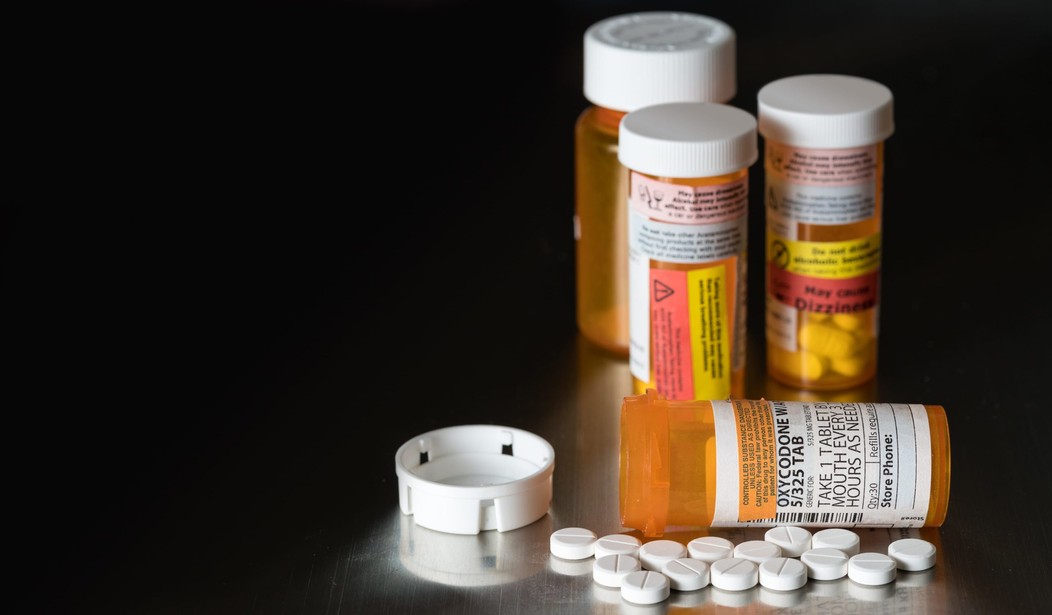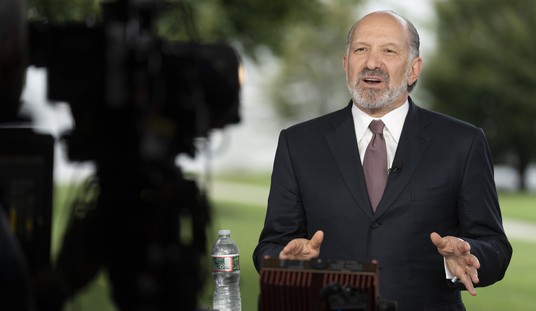WASHINGTON – Securing the southern border will help lessen the blow of the American opioid crisis, a U.S. Customs and Border Protection official told House lawmakers on Thursday.
Todd C. Owen, executive assistant commissioner for CBP’s Office of Field Operations, was responding to Del. Eleanor Holmes Norton (D-D.C.), who questioned whether President Trump’s proposed southern border wall will have any effect on the influx of opioid and fentanyl substances. Those narcotics have seen a dramatic influx into the U.S. while going undetected through the U.S. Postal Service and express courier mail. Fentanyl is an opioid pain medication that is between 50 and 100 times stronger than morphine.
“What effect will building a southern wall have on stopping fentanyl shipped through the mail or through express couriers?” Norton asked. “I need to know. How does it get here, and would a wall have any effect in keeping fentanyl from getting to the United States?”
“As we take efforts to secure the southwest border, that will help prevent narcotics coming in from Mexico, and again we do have Mexican fentanyl that is coming in, as well (as Chinese),” Owens said.
According to the Centers for Disease Prevention and Control, overdose deaths involving prescription opioids have quadrupled since 1999, and prescription opioids, fentanyl and heroin killed more than 33,000 people in 2015. Norton said the opioid crisis is the worst crisis she has seen during her career in public service, which would include the crack cocaine epidemic of the late 1980s. At its height, there were more than 12 million crack cocaine users in the U.S.
“It’s up to you to find the most effective way to stop what amounts to an opioid crisis and to suggest what is the most effective,” Norton told Owens. “I haven’t seen a crisis like this, and I’ve seen some terrible crises in my time in Congress. … I don’t know what your view is to investigate what is the best way to deter fentanyl coming into the United States and at least reduce the opioid deaths in our country.”
The discussion took place during a hearing before the House Committee on Oversight and Government Reform’s Subcommittee on Government Operations. House Freedom Caucus Chairman Mark Meadows (R-N.C.) described the crisis as a bipartisan issue, while asking Postal Service and State Department officials where the fault lies. He asked that officials report back within 90 days with an action plan to address the issue of contraband entering the U.S. through the mail service.
“We’re going to fix this problem,” Meadows said.
Owen and Postal Service officials described how the federal government and mailing system is overwhelmed with trying to track and capture illicit packages in the U.S. The Postal Service receives about 275 million parcels of inbound international mail each year, with at least 20 percent of it coming from China, one of the major distributors of fentanyl. The other major distributor is Mexico, though its product is considered far less pure, far less strong than its Chinese competitor. Owen described how teams in Arizona and California are struggling to keep up with tracking the material.
The U.S. has nine centers that receive mail from overseas, with about 1 million parcels a day entering via U.S. mail and express couriers like FedEx and DHS. The parcels are first sent through radioactive monitoring, and then select sacks are sent through x-ray machines and canine units, a process that is highly labor intensive.
What officials are mostly looking for are small containers filled with white opioid powder, usually between 200 and 500 grams. With millions of parcels to track each week, Owen said teams are inundated, and the backlog continues to grow. He added that various manufacturers are developing technology that could possibly allow teams to scan packages without opening them, which he said “would be a game-changer.”
CBP seized about 440 pounds of fentanyl in 2016, but has already seized over 800 pounds this year. A part of that increase is record-keeping, Owen noted. Before 2016, officials didn’t have special categories for fentanyl, as everything fell into the opioid category.
“(But) there is much more coming in now than there had been several years prior,” Owen said.









Join the conversation as a VIP Member